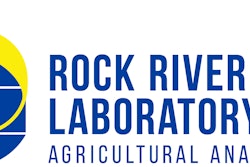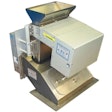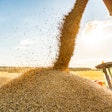
Research fromEnvironmental Health & Engineering, Inc.(EH&E) shows that greenhouse gas (GHG) emissions for ethanol, a biofuel made from corn, are 46% lower than gasoline. Conventional wisdom based on a prior analysis done by EPA had pegged the difference to only 20%. EH&E's topical review of the latest science shows that this renewable biofuel is less carbon intensive and more climate-favorable than previously thought.
"This research provides an up-to-date accounting of corn starch ethanol's GHG profile in comparison to that of gasoline refined from crude oil," says EH&E Chief Science OfficerDavid MacIntosh. "The results of this research are timely for the scientific, public health, legislative, and business communities seeking to establish a net zero carbon economy while addressing related technological, political and economic challenges."
The research delivers a transparent, state-of-the-science assessment on life cycle analyses of corn starch ethanol in the U.S. EH&E researchers reached their conclusions after critically reviewing earlier life cycle analysis modeling and data, and consulting with more than two dozen experts from government, academia, and nonprofits.
Their findings uncovered significant reductions in carbon intensity made possible by advances in farming technology, soil conservation practices, and production of animal feed as a by-product of making ethanol.
EH&E's assessment also shows that carbon emissions from converting prior land uses to corn farming make up only 3.9% of the biofuel's total GHG emissions--a much smaller amount than generally recognized.
This finding stems directly from the latest models and data that consider both the economic value and productivity of land to estimate release of carbon when land is put into corn production.
The research's findings suggest that substitution of conventional gas with corn ethanol could deliver a net carbon sink over a much shorter period than previously estimated.
Today, corn ethanol accounts for about 10% of liquid fuel sold at gasoline stations in the U.S. and has the potential to account for a greater share of liquid fuel for transportation. The findings provide much-needed data for decisions and policies on the future role of biofuels to address climate change as well as opportunities for continued reduction of carbon emissions across the life cycle of corn ethanol.
AboutEnvironmental Health & Engineering Inc.
For over 30 years, EH&E has been helping organizations deliver safe work environments and healthy buildings. Its Advanced Analytics practice, the research and development arm of EH&E, allows team members to explore various avenues to improve and enhance today's environmental, engineering and health and safety practices.





















